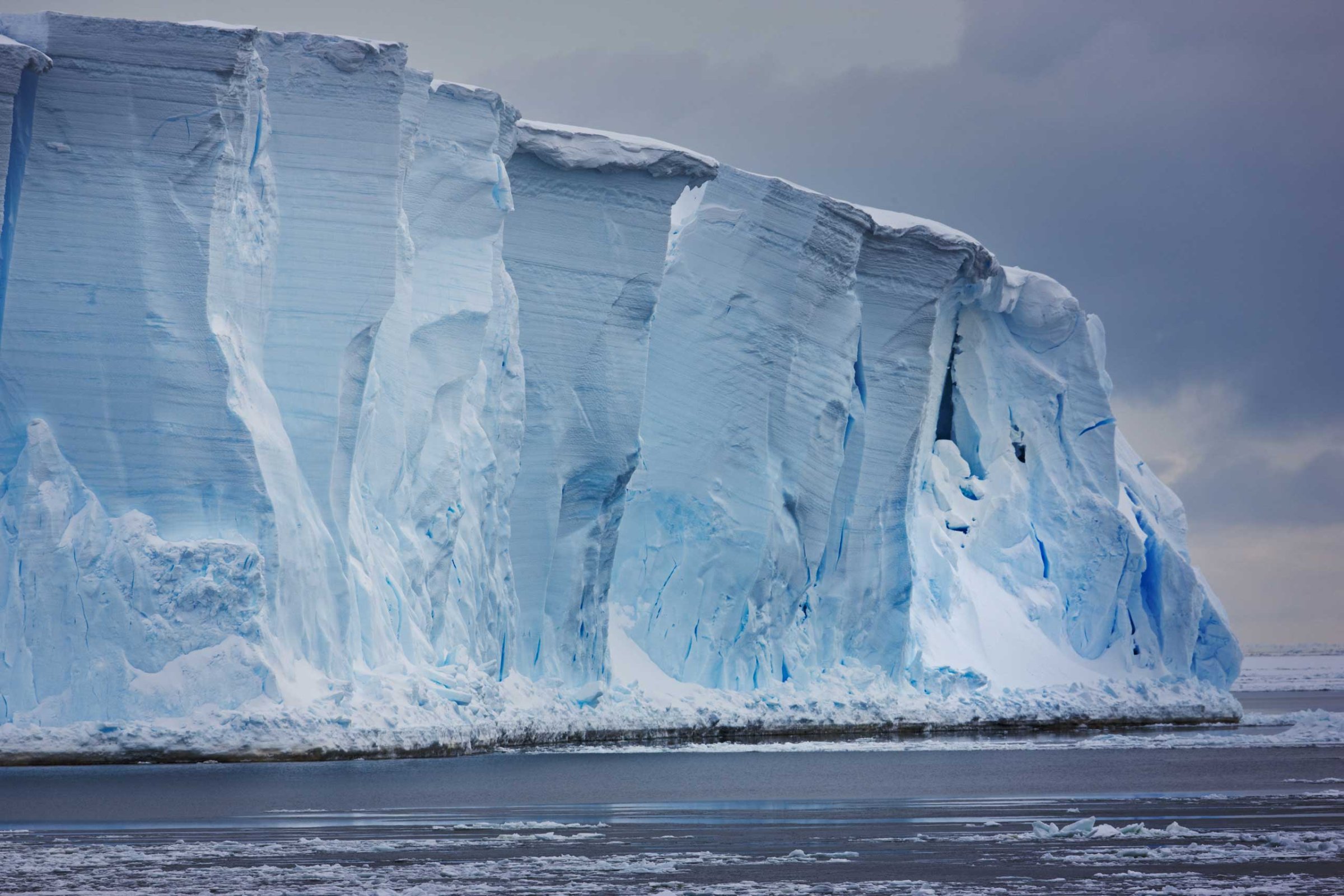
A National Science Foundation-funded expedition to the Antarctic has unearthed a surprising result: There are fish who live without sunlight under almost half a mile of ice in 28-degree water.
Scientists had never before sampled the Whillans Ice Stream, a river of ice between the West Antarctic Ice Sheet and the Ross Ice Shelf. The drilling mission, which began on Jan. 8, aimed to better understand climate change by recovering sediment and seawater samples for examination. A small, remotely operated vehicle would peruse the ocean floor and photograph rocks and whatever microbial life might be there. They expected little, because of the water’s extreme distance from sunlight (a major nutrient for underwater environments) and its clarity, which suggests an absence of food sources.
But the vehicle wound up attracting 20 to 30 fish, with other crustaceans as well. Researchers don’t yet know how the ecosystem functions, but they’re hopeful that the fish’s survival under such harsh conditions holds broader clues.
More Must-Reads from TIME
- Cybersecurity Experts Are Sounding the Alarm on DOGE
- Meet the 2025 Women of the Year
- The Harsh Truth About Disability Inclusion
- Why Do More Young Adults Have Cancer?
- Colman Domingo Leads With Radical Love
- How to Get Better at Doing Things Alone
- Michelle Zauner Stares Down the Darkness
Write to Jack Dickey at jack.dickey@time.com